Foot shaped shoes are revolutionizing the footwear industry by prioritizing comfort and natural foot alignment. These shoes are designed to mimic the natural shape of the foot, providing a more ergonomic fit and enhanced comfort. As consumers become more health-conscious and seek footwear that supports their active lifestyles, the demand for foot shaped shoes is on the rise.
Table of Contents:
Market Overview: The Rise of Foot Shaped Shoes
Innovative Designs for Ultimate Comfort
High-Quality Materials and Durability
Technological Features Enhancing Performance
Cultural Influence and Consumer Preferences
Market Overview: The Rise of Foot Shaped Shoes
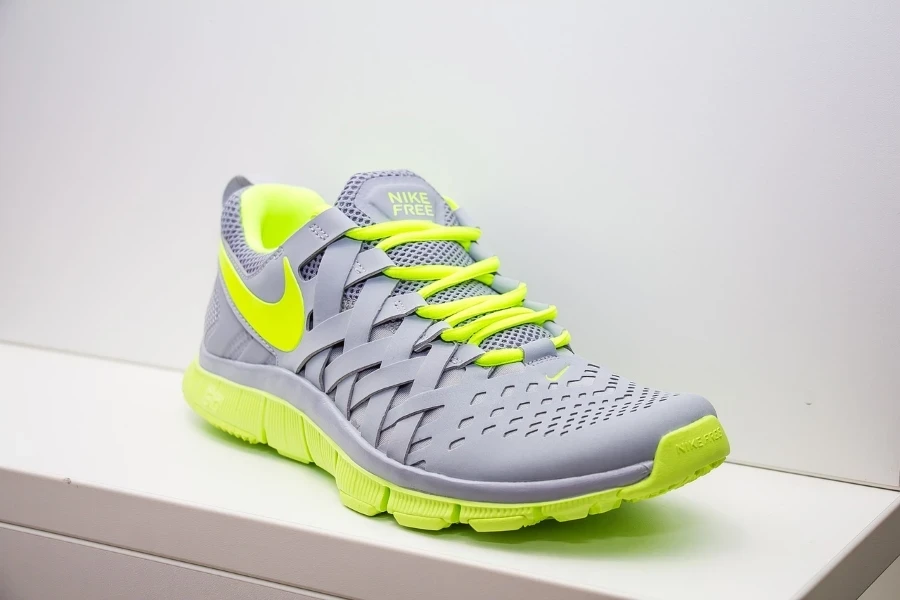
The global footwear market is experiencing significant growth, with the market size projected to reach USD 588.2 billion by 2030, growing at a CAGR of 4.3% from 2024 to 2030, according to a report by Research and Markets. This growth is driven by rapid urbanization, an increasing working population, and a rising focus on health and wellness. Foot shaped shoes, which prioritize comfort and natural foot alignment, are becoming increasingly popular among consumers seeking footwear that supports their active lifestyles.
The rise of the athleisure trend and the growing emphasis on active lifestyles have fueled the demand for athletic and casual footwear that can be worn for both workouts and casual wear. Innovations in footwear technology, such as advanced cushioning systems, lightweight materials, and improved traction, have attracted consumers seeking better performance, comfort, and functionality from their footwear. Foot shaped shoes, with their ergonomic design and focus on natural foot alignment, are well-positioned to meet these consumer demands.
In addition, the growth of e-commerce and omnichannel retail strategies has made it easier for consumers to access a broader range of footwear products and brands, contributing to the overall demand. For instance, in September 2022, Xero Shoes, a U.S.-based barefoot footwear brand, announced the launch of an e-commerce platform to sell directly to consumers. This strategy helped the company strengthen its connection with customers and gain greater control over its distribution channels.
The non-athletic segment held a major share of the footwear market in 2023. This product category, which includes flats, heels, mules, sandals, sneakers, and boots, is heavily influenced by fashion trends, with consumers seeking stylish and trendy options for casual wear, social occasions, and various lifestyle activities. Moreover, luxury brands recognize the importance of using sustainable materials in their footwear production. For instance, in August 2022, Louis Vuitton announced the launch of sustainable unisex sneakers made of recycled organic materials, such as corn-based plastic and recycled polyurethane, cotton, and polyester.
The women’s footwear segment held the largest share in 2023, driven by the growing influence of social media, celebrity endorsements, and fashion bloggers. Women are increasingly seeking footwear that aligns with current fashion aesthetics and can keep up with their demanding schedules. The athleisure trend has also fueled the demand for comfortable, stylish, and versatile footwear for athletic and casual occasions.
Asia Pacific accounted for the largest share of the market, attributed to a large and rapidly growing population, particularly in countries like China, India, and Southeast Asian nations. Rapid urbanization, expanding middle-class population, and rising disposable incomes in these countries have led to an increased demand for various types of footwear, including casual, athletic, and formal styles. The development of modern retail formats, such as shopping malls and specialty footwear stores, has facilitated increased footwear sales and brand exposure in the region.
Innovative Designs for Ultimate Comfort
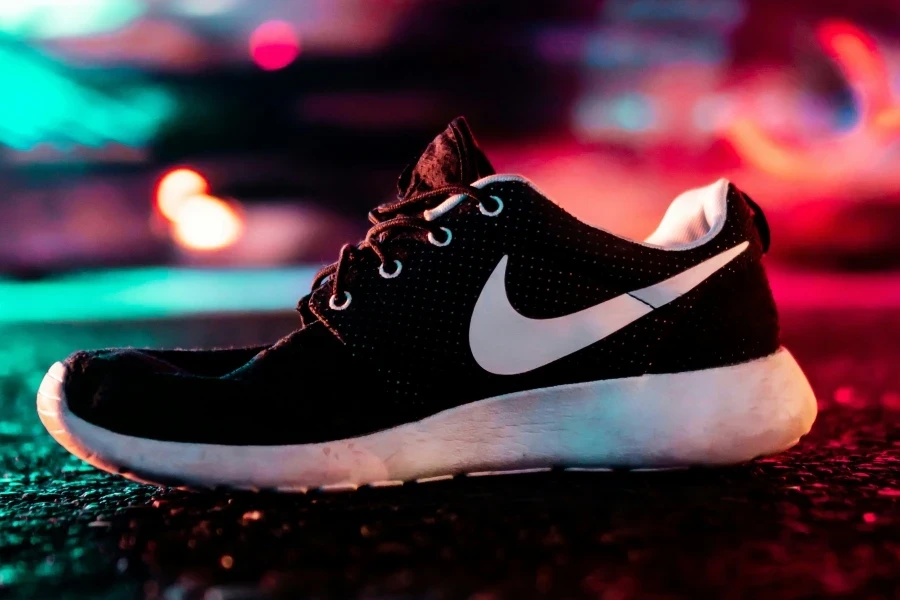
Ergonomic Design Principles
Foot-shaped shoes are designed with the human foot’s natural shape in mind, offering a more ergonomic fit compared to traditional footwear. This design approach prioritizes the natural alignment and movement of the foot, which can significantly enhance comfort and reduce the risk of injuries. According to the insights from the “Best Women’s Hiking Shoes of 2024” report, shoes like Altra’s zero-drop offerings have gained popularity due to their ergonomic design. These shoes feature a flat footbed and an extra-roomy toe box, allowing the foot to stay in its naturally prone and splayed position. This design is particularly beneficial for those with wide or finicky feet, as it minimizes pressure points, hot spots, and blisters.
The ergonomic design principles extend beyond just the shape of the shoe. The materials used in the construction of foot-shaped shoes are carefully selected to provide the right balance of support and flexibility. For instance, the use of advanced cushioning systems and breathable fabrics ensures that the shoes are not only comfortable but also suitable for various activities, from casual walking to intense hiking.
Customization Options for a Perfect Fit
Customization is another key aspect of foot-shaped shoes, allowing consumers to achieve a perfect fit tailored to their unique foot shape and size. This trend is particularly evident in the sports footwear market, where brands are increasingly offering customizable options to cater to the diverse needs of their customers. According to the “Beyond the Game: The Transformation of Women’s Sportswear” report, several start-ups and established brands have ventured into this segment, developing shoes that accurately represent different foot shapes and sizes.
For example, the Altra Lone Peak features a “Ghillie” lacing system with optional pull-through points, allowing for a more customizable fit. This system enables users to adjust the tightness of the shoe according to their preferences, ensuring maximum comfort and support. Additionally, the use of removable insoles allows consumers to replace the stock insoles with aftermarket models that better suit their foot size and shape. This level of customization is crucial for achieving a perfect fit and enhancing overall comfort.
High-Quality Materials and Durability
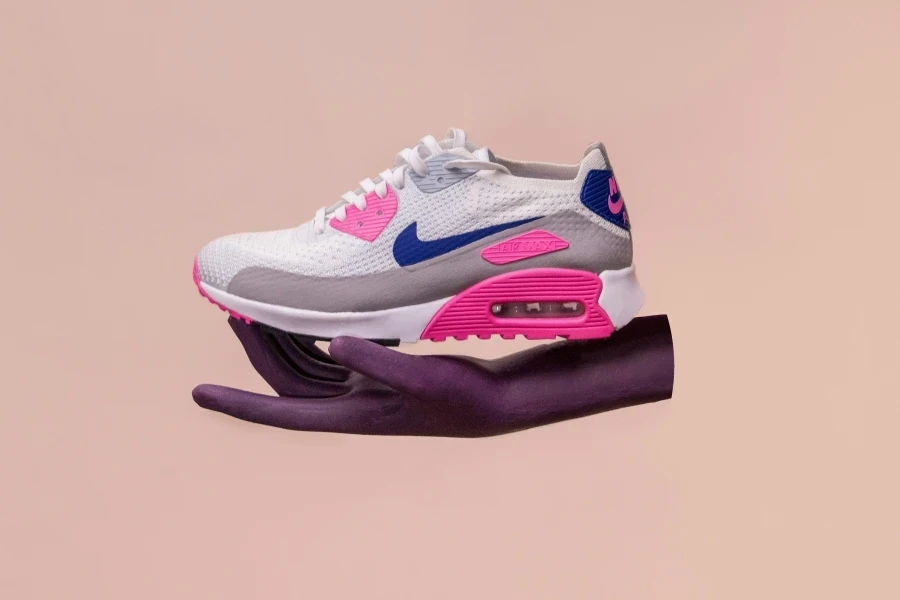
Sustainable and Eco-Friendly Materials
Sustainability has become a significant focus in the footwear industry, with many brands adopting eco-friendly materials and practices to reduce their environmental impact. Manufacturers are increasingly turning to recycled and recyclable materials for various components of their shoes, including laces, linings, foam midsoles, and rubber outsoles. This shift towards sustainable design practices not only helps mitigate the environmental impact but also appeals to environmentally conscious consumers.
For instance, brands like La Sportiva and Danner have introduced shoes that can be resoled, extending their lifespan and reducing waste. Danner’s Recrafting service is committed to rebuilding and resoling footwear, keeping it on the trail and out of the landfill. Additionally, programs like Ridwell and Terracycle offer recycling options for retired shoes, further promoting sustainability in the footwear industry.
Long-Lasting Construction Techniques
Durability is a critical factor in the design of foot-shaped shoes, as consumers seek footwear that can withstand the rigors of daily use and outdoor activities. The construction techniques used in these shoes are designed to enhance their longevity and performance. According to the “Best Women’s Hiking Shoes of 2024” report, the use of hardwearing uppers and soles can significantly extend the lifespan of a shoe, making it a more cost-effective and sustainable choice.
For example, the La Sportiva TX4 Evo features a stiff midsole and outsole, providing excellent stability and traction on rocky terrain. The shoe’s upper is made from durable materials that can withstand the wear and tear of intense hiking. Similarly, the Altra Lone Peak’s rock plate and gaiter attachments add to its durability, making it a reliable choice for thru-hikers and outdoor enthusiasts.
Technological Features Enhancing Performance
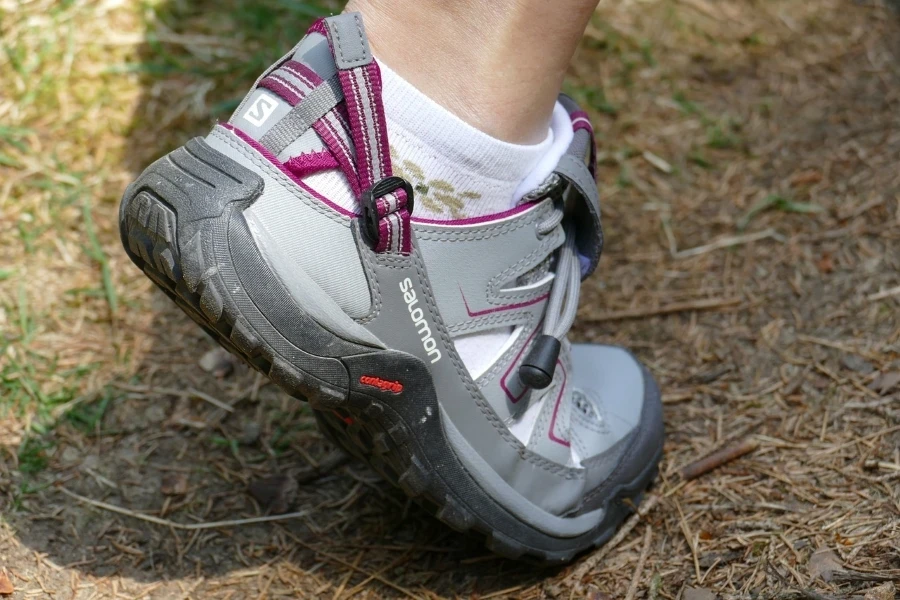
Advanced Cushioning Systems
Advanced cushioning systems are a hallmark of modern foot-shaped shoes, providing superior comfort and shock absorption. These systems are designed to reduce the impact on the feet and joints, making the shoes suitable for a wide range of activities. The use of advanced cushioning materials, such as EVA foam and gel inserts, can significantly enhance the comfort and performance of a shoe.
For instance, the Altra Lone Peak features a cushioning system that provides excellent shock absorption, reducing the strain on the feet during long hikes. This cushioning system, combined with the shoe’s ergonomic design, ensures that the foot remains comfortable and supported throughout the activity.
Breathable and Weather-Resistant Fabrics
Breathability and weather resistance are essential features of foot-shaped shoes, particularly for those who engage in outdoor activities. The use of breathable fabrics helps regulate temperature and moisture, keeping the feet dry and comfortable. Synthetic mesh and knit materials are commonly used in the construction of hiking shoes, providing excellent breathability and water resistance.
For example, the La Sportiva TX4 Evo’s upper is made from a breathable synthetic material that allows air to circulate, preventing the buildup of moisture and heat. This feature is particularly important for hikers who spend long hours on the trail, as it helps prevent blisters and other foot-related issues. Additionally, the shoe’s weather-resistant properties ensure that it can withstand various environmental conditions, making it a versatile choice for outdoor enthusiasts.
Cultural Influence and Consumer Preferences
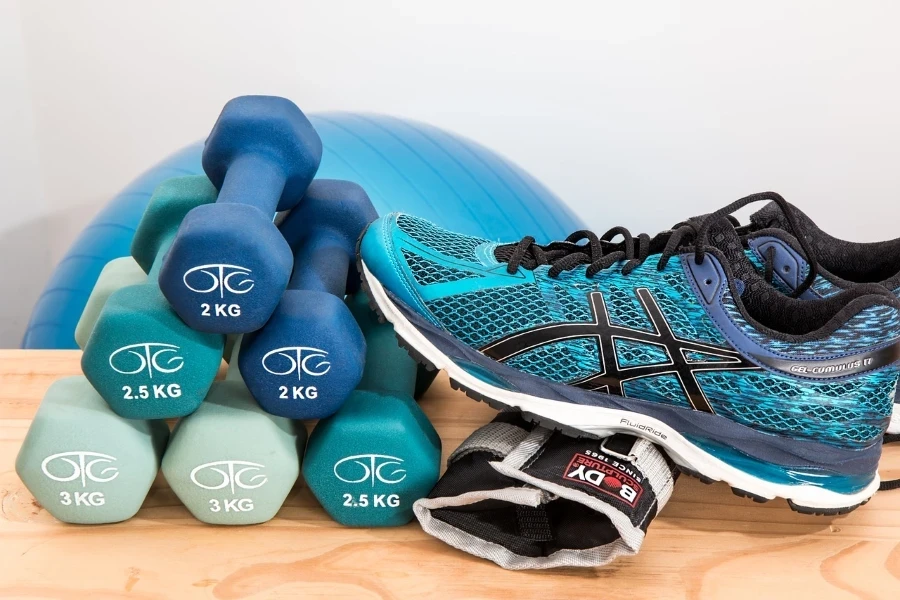
Growing Popularity in Different Regions
The popularity of foot-shaped shoes has been growing in various regions, driven by changing consumer preferences and cultural influences. The trend towards casualization has spurred consumer demand for versatile footwear that can transition seamlessly from professional settings to leisure activities. This shift has facilitated the increasing integration of sports footwear with non-sports apparel, making foot-shaped shoes a popular choice for everyday wear.
In North America and Asia Pacific, the adoption of foot-shaped shoes has been particularly notable, with consumers seeking comfortable and stylish options that align with their active lifestyles. The use of advanced technologies and sustainable materials has further enhanced the appeal of these shoes, making them a preferred choice for environmentally conscious consumers.
Influences from Traditional Footwear
The design of foot-shaped shoes is often influenced by traditional footwear, incorporating elements that have been proven to enhance comfort and performance. The collaboration between sportswear brands and fashion houses has led to the introduction of innovative styles that blend traditional and modern design elements.
For example, the Altra Lone Peak’s zero-drop design is inspired by the barefoot running movement, which emphasizes the natural alignment and movement of the foot. This design approach has been widely adopted in the hiking and outdoor footwear market, offering a comfortable and ergonomic alternative to traditional hiking shoes. Similarly, the use of advanced materials and construction techniques in foot-shaped shoes reflects the influence of traditional craftsmanship, ensuring durability and performance.
Conclusion
The evolution of foot-shaped shoes represents a significant shift in the footwear industry, driven by a focus on comfort, sustainability, and performance. As consumers continue to prioritize versatile and eco-friendly options, the demand for innovative designs that cater to the natural shape and movement of the foot is expected to grow. With advancements in materials and construction techniques, foot-shaped shoes are poised to become a staple in the sports and accessory industry, offering a perfect blend of style, comfort, and functionality for the modern consumer.




